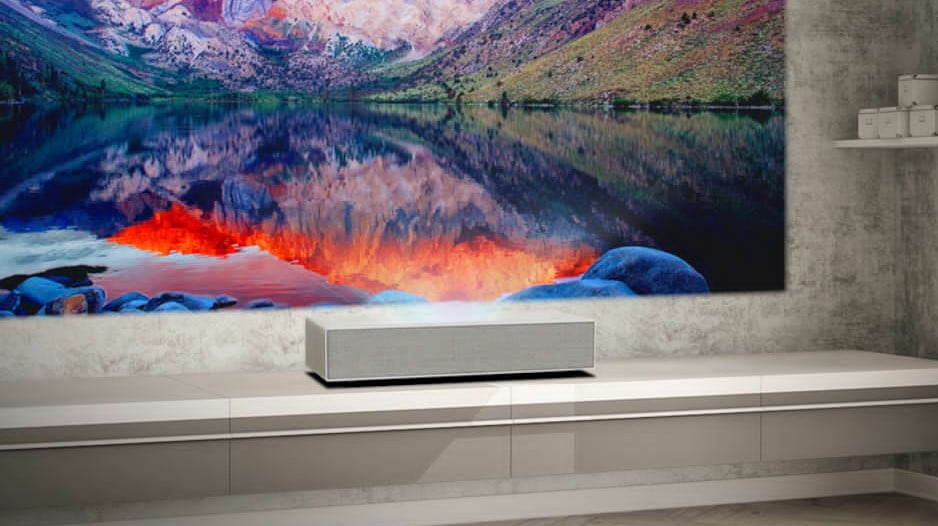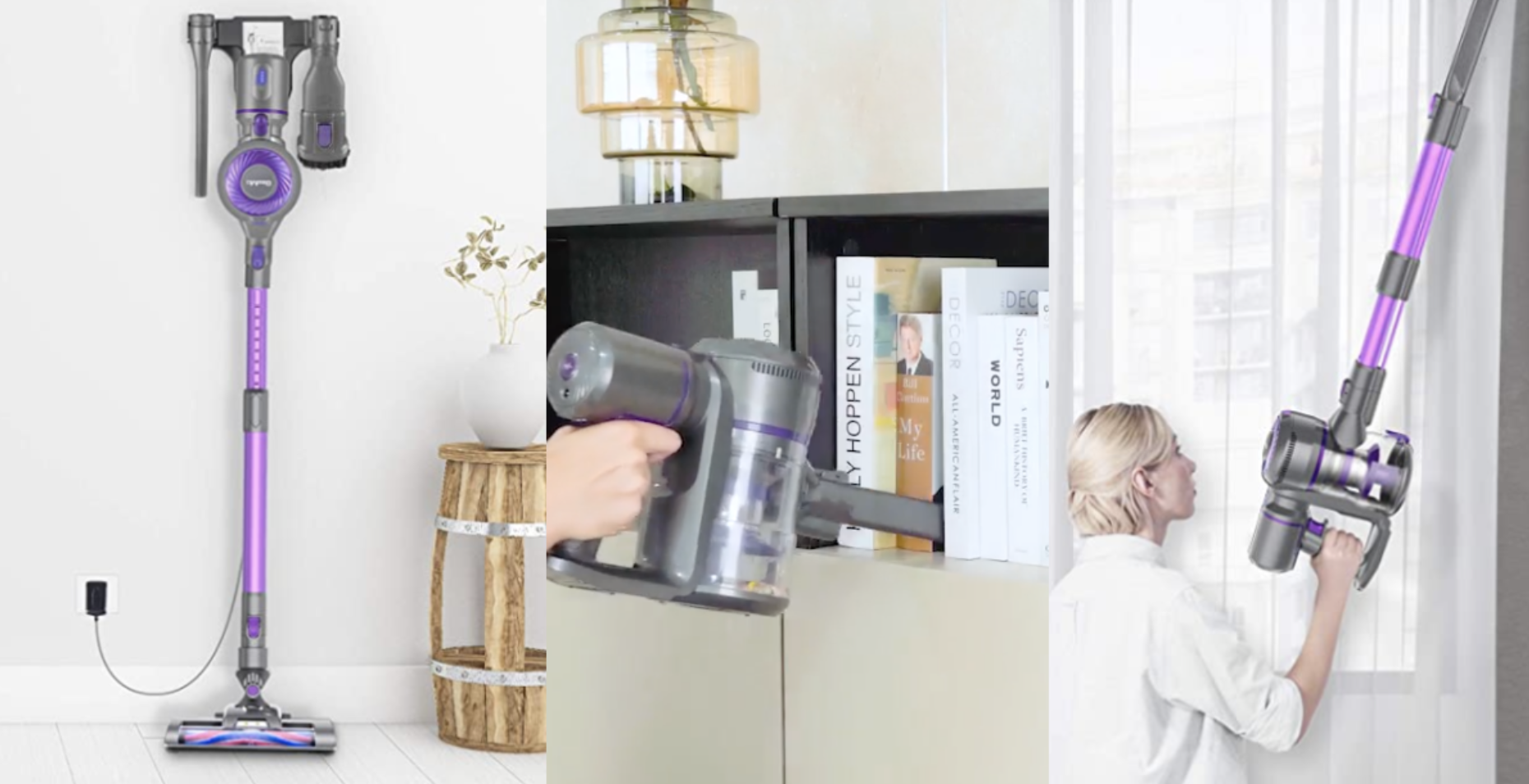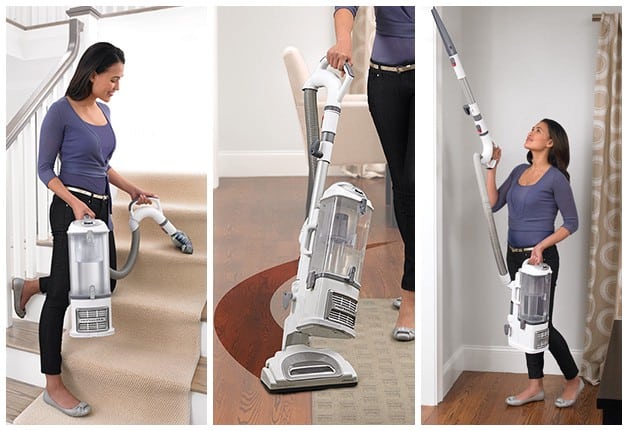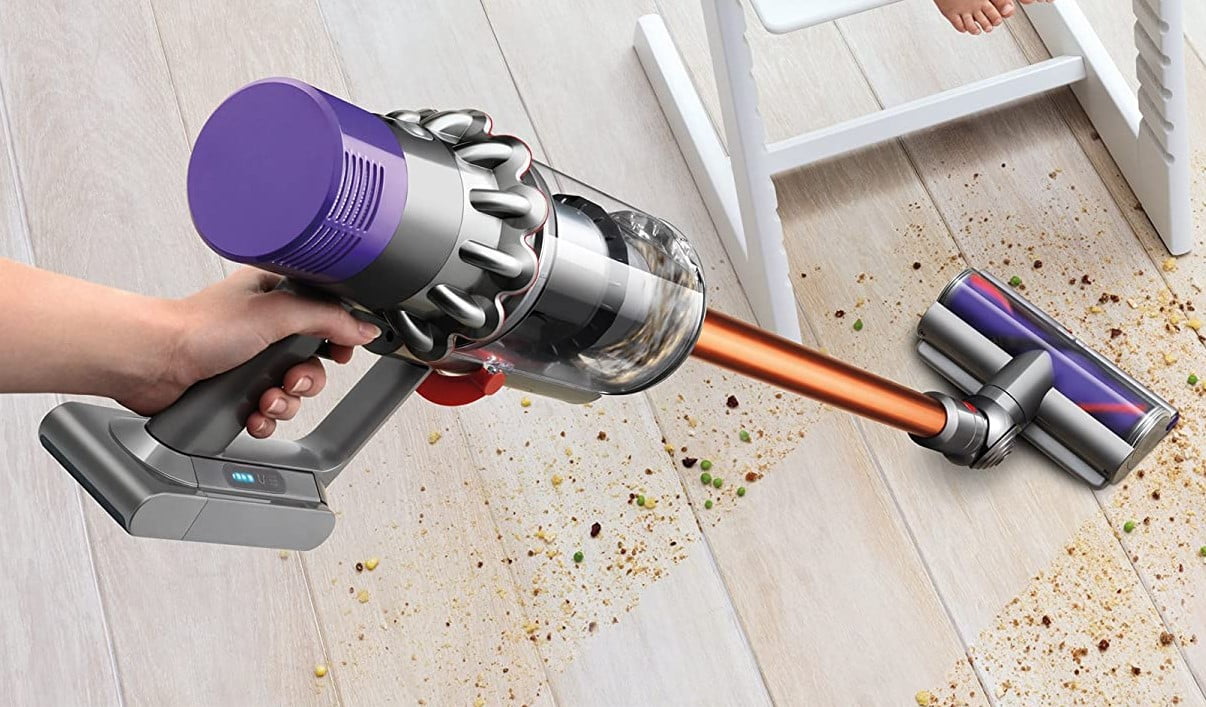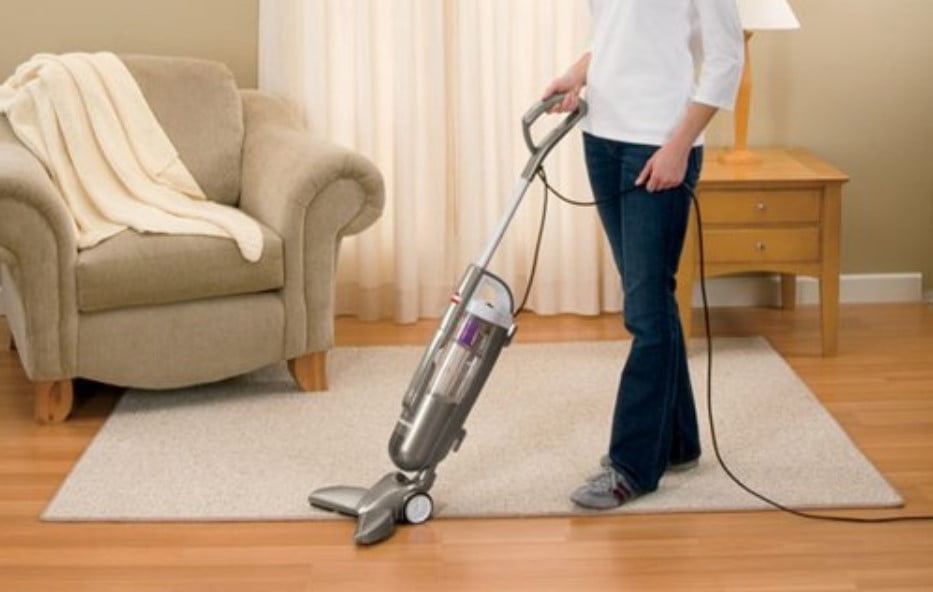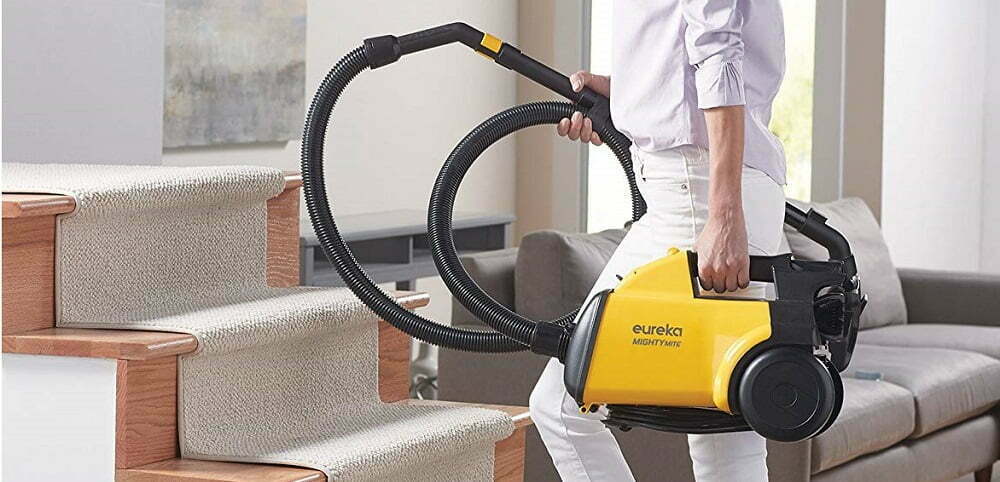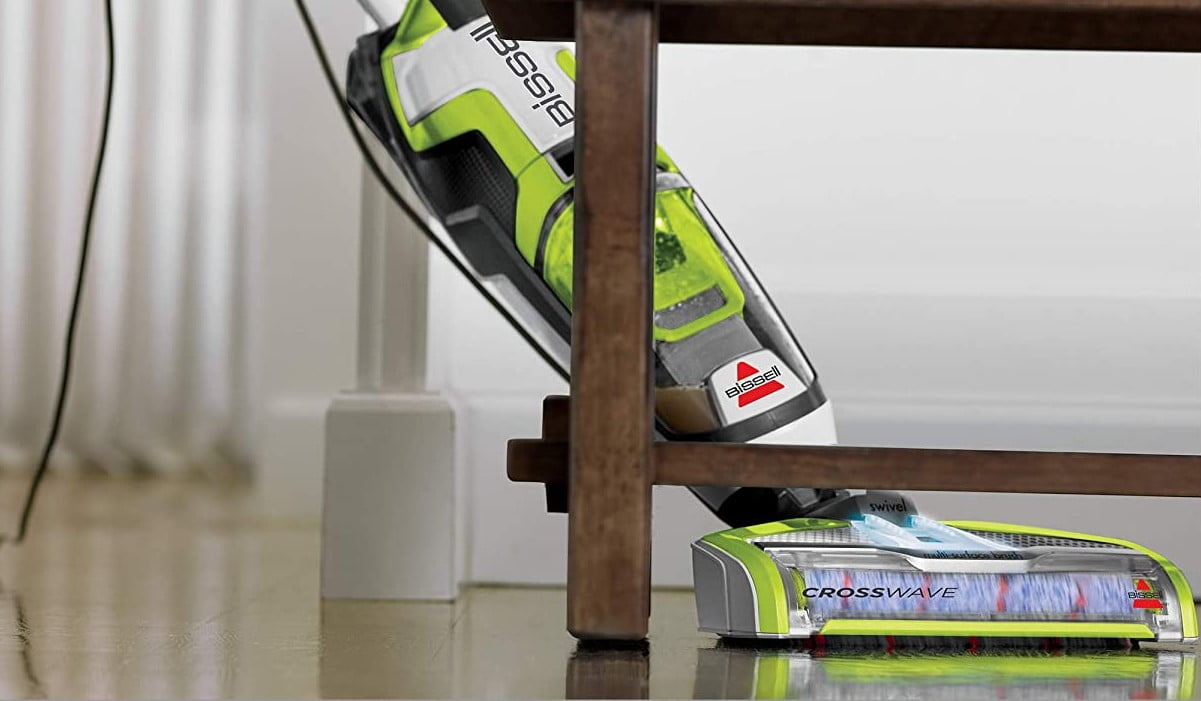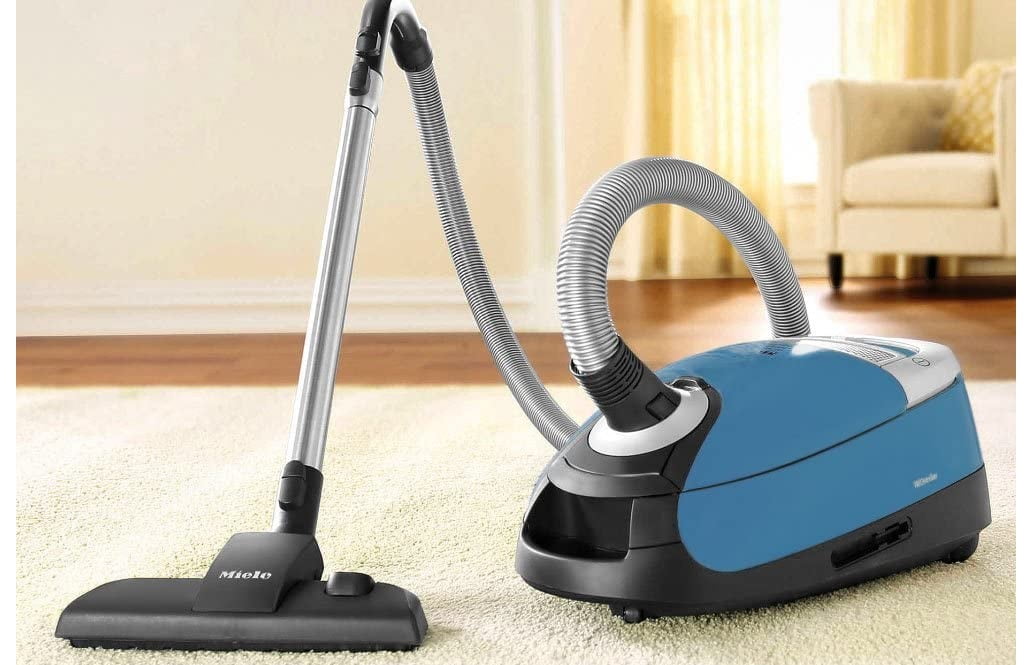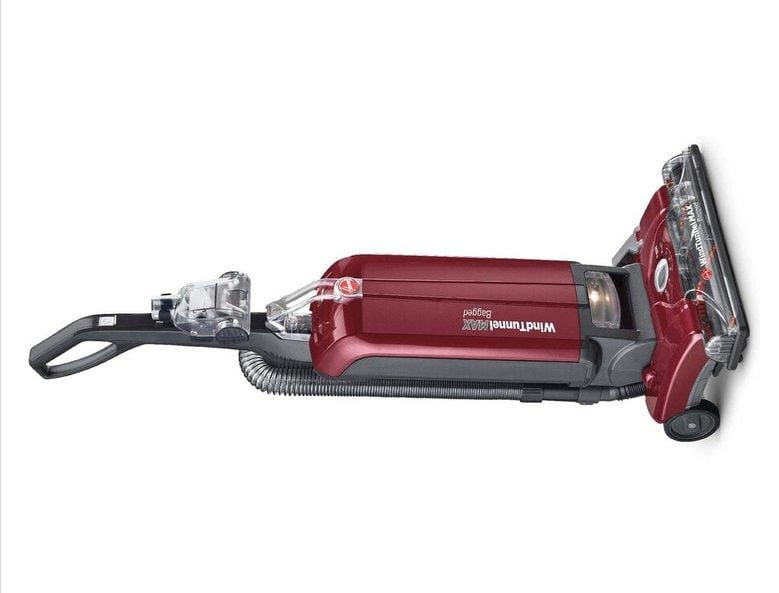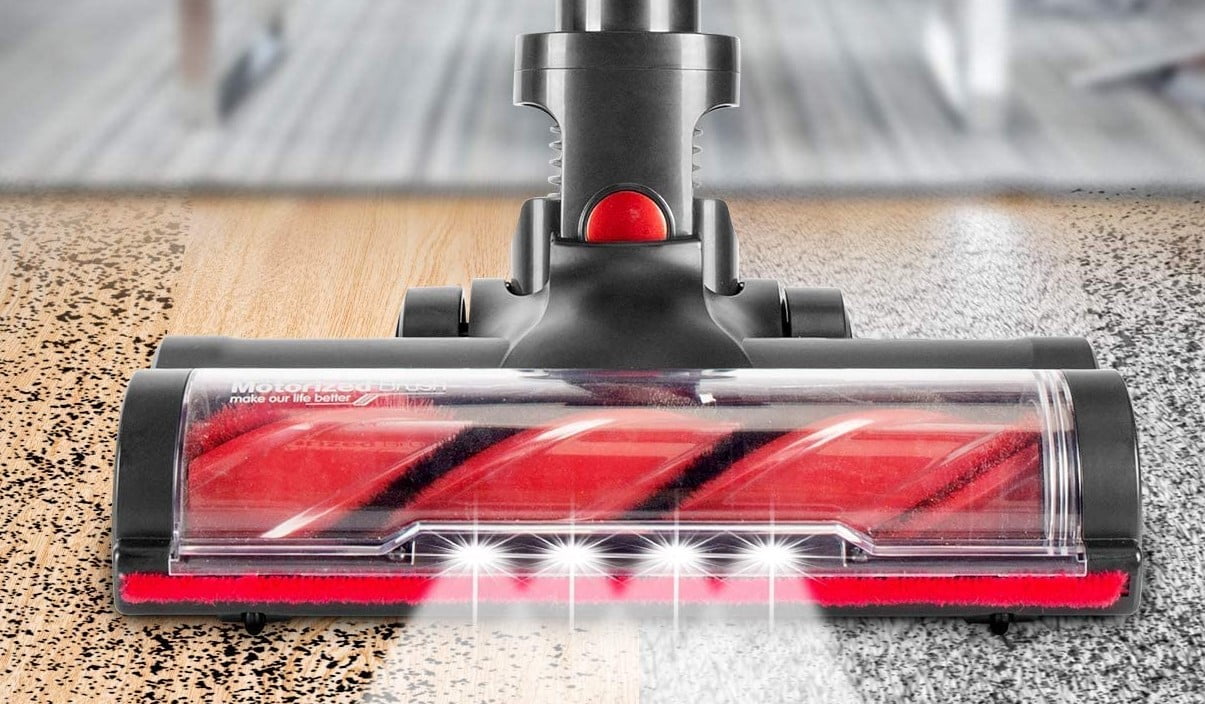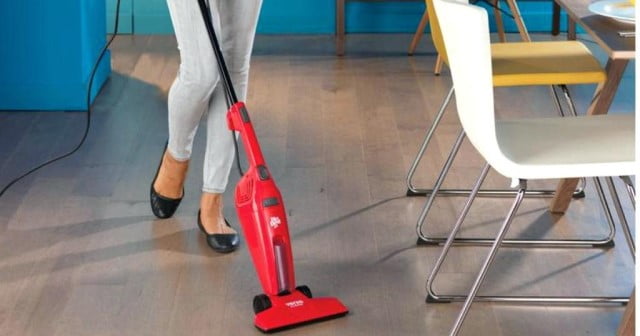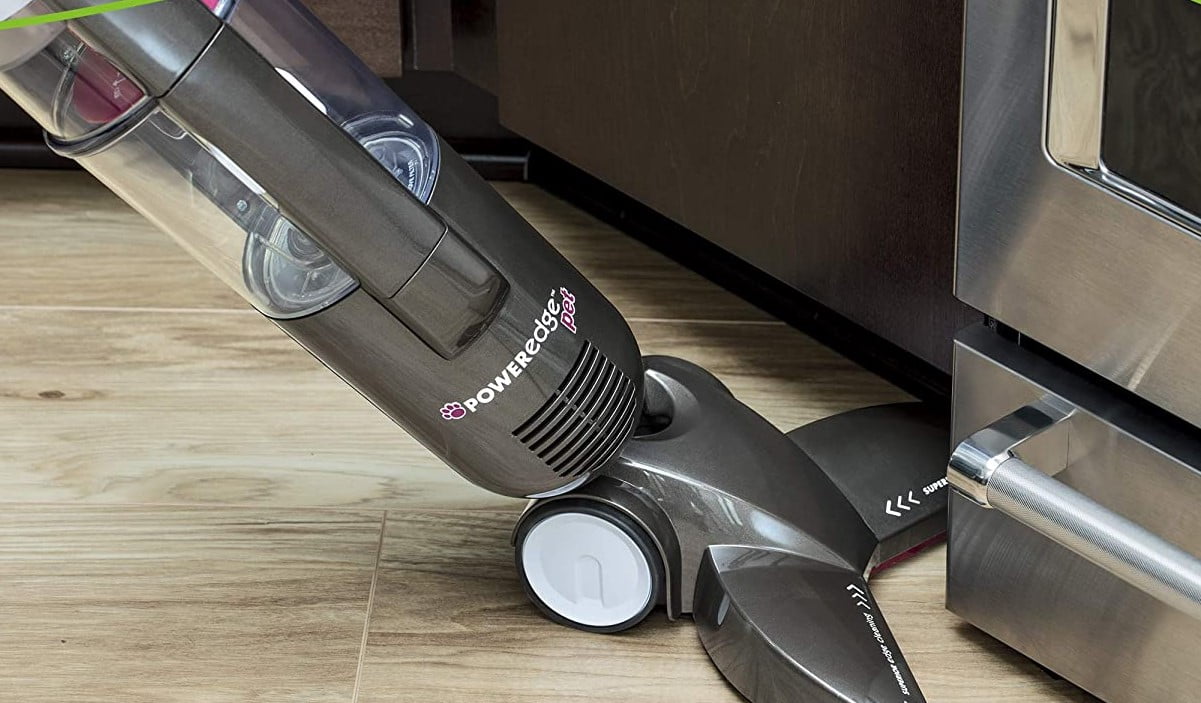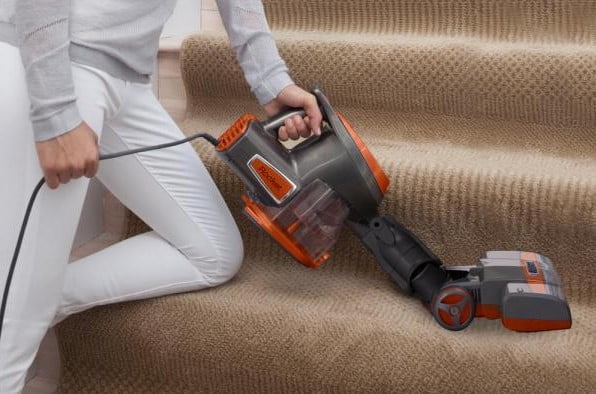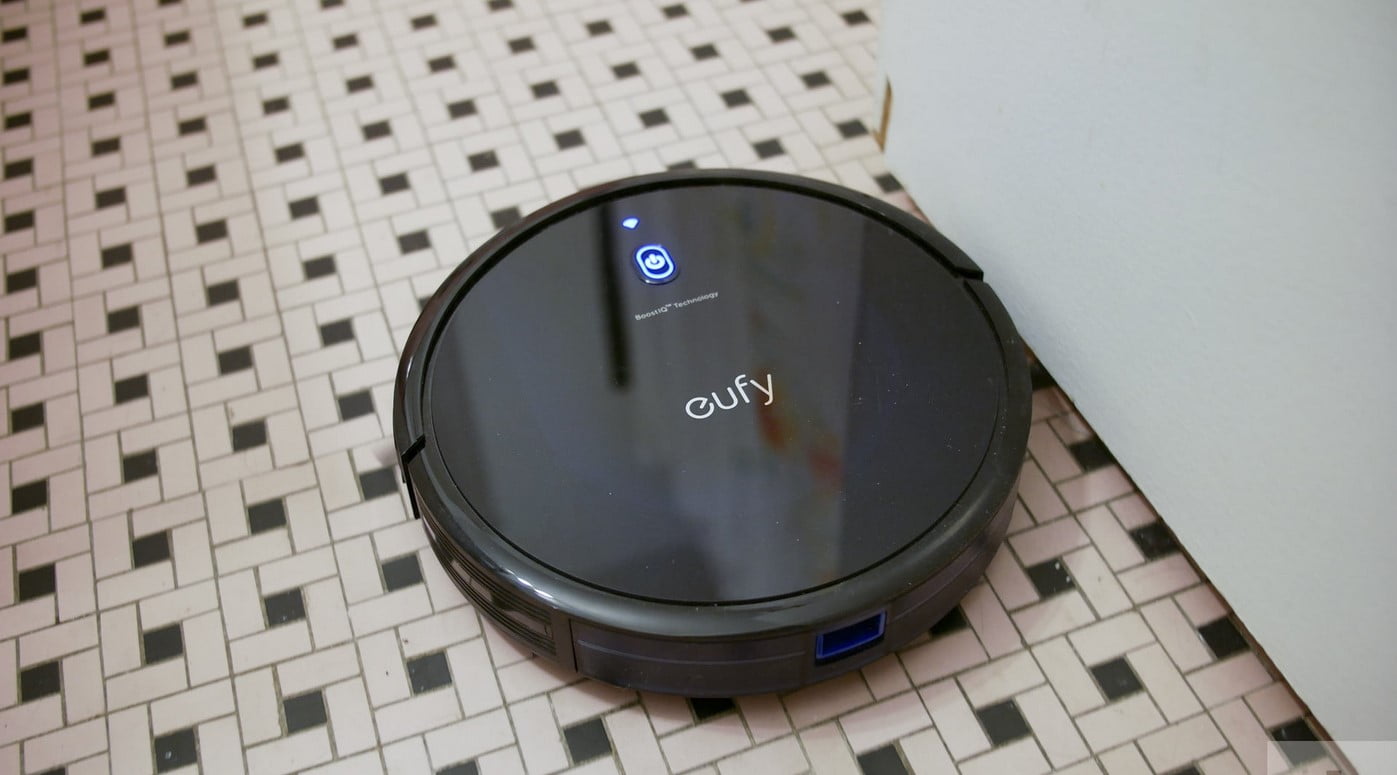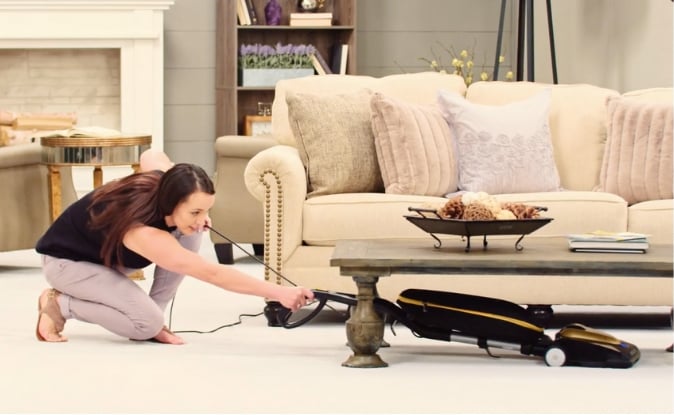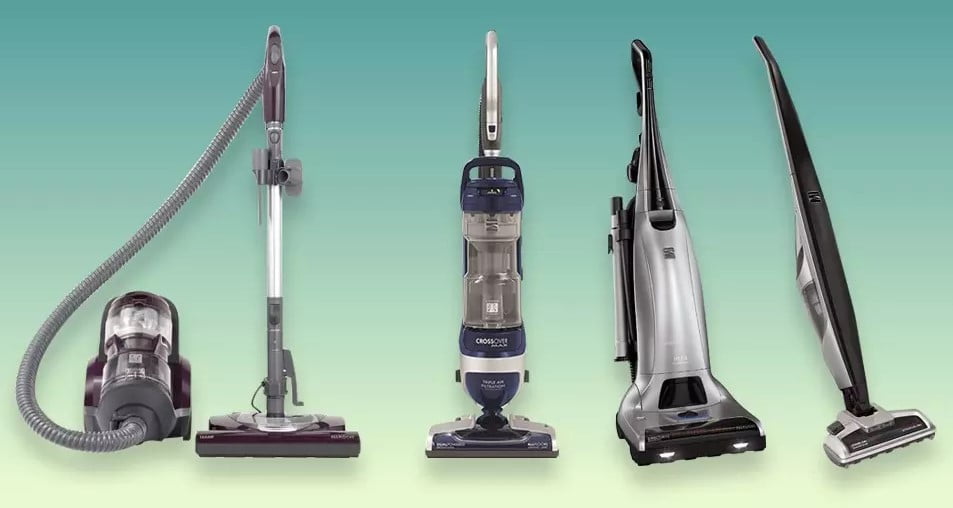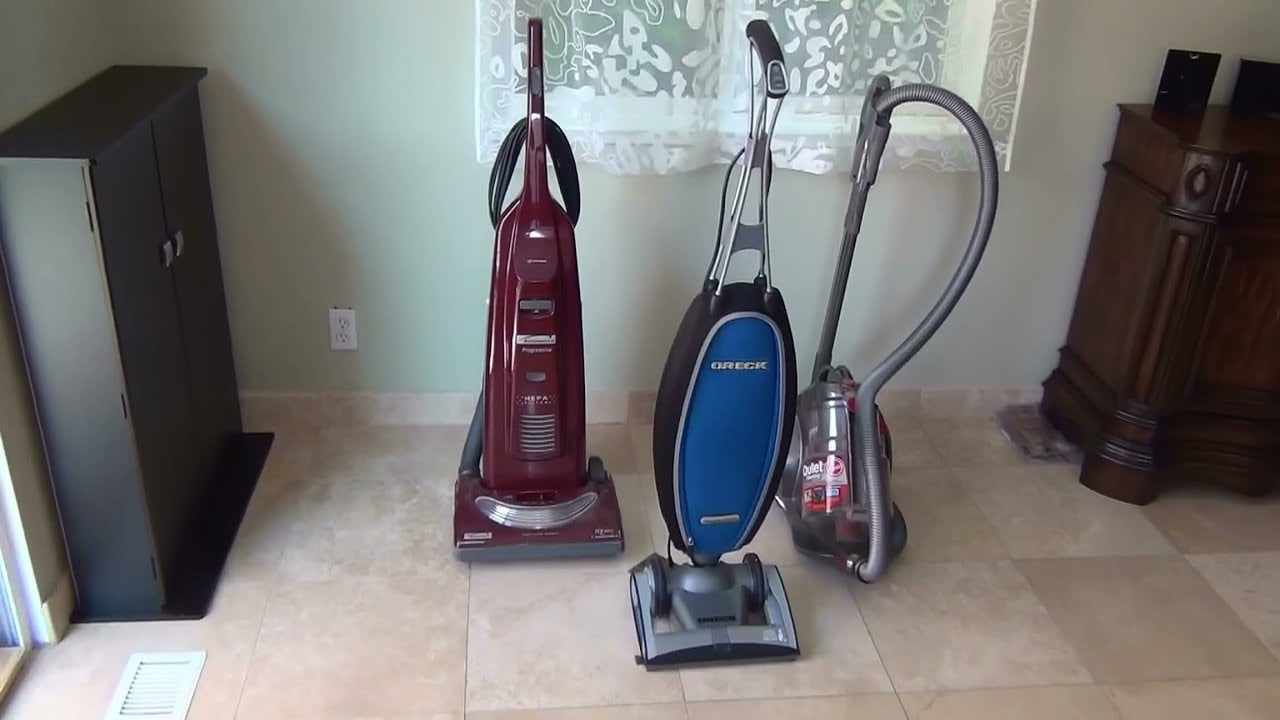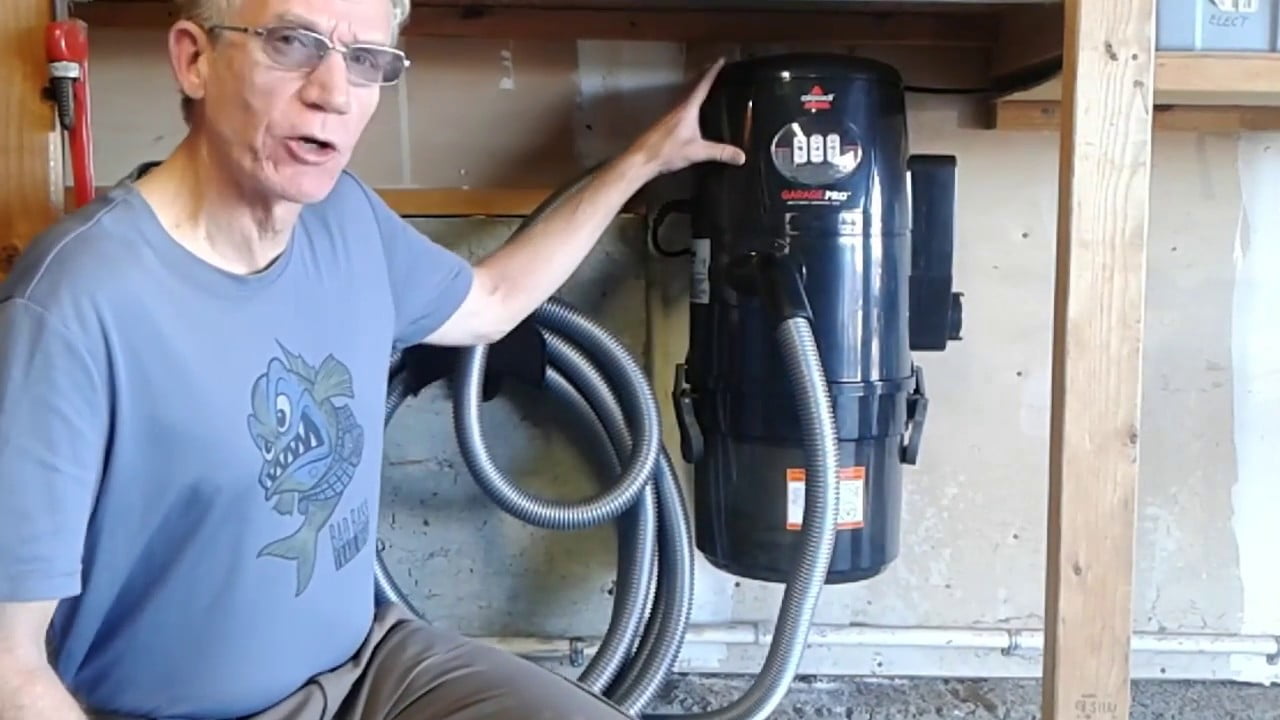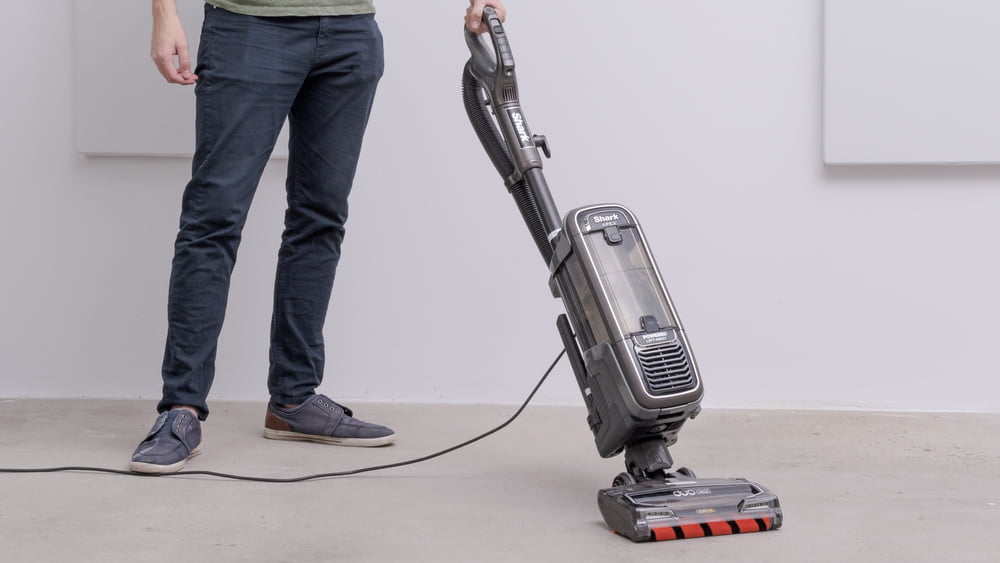Looking to fix a vacuum hose? If so, know that it’s a pretty straightforward process, no matter your technical skill level. You don’t have to be a seasoned vacuum technician to troubleshoot, diagnose, and repair a leaky vacuum hose. Anybody can easily carry out this process. Even better, it should never take you longer than around a half hour to do, depending on your troubleshooting steps. However, there are a few things to consider, such as whether it is better to replace the hose altogether. For an older or lower-end type of vacuum cleaner, repairing is almost certainly the way to go. For higher-end vacuum cleaners, it might be best to replace the hose if repairing it is not feasible.
KEY TAKEAWAYS:
- A central vacuum is a built-in home vacuum system that relies on wall inlets throughout the home.
- Damaged vacuum hoses can result in loss of suction power and poor ability to clean your entire house.
- While repairing a vacuum hose is possible, sometimes it’s better to replace it altogether rather than deal with repeated leaks at the weak point.
How to Fix a Vacuum Hose
Figuring out how to fix a vacuum hose is about as easy as you could hope where repairs are concerned. Make sure that you look into what the brand has to say and any warranties you might have. The same applies to fixing your vacuum cleaner in general. You might be able to get a new hose sent to you at little or no cost if you have any sort of purchase protection. The contract might state that you must report any problems encountered to the brand, as well, or you risk voiding your warranty.
STEP 1 Gather Your Supplies and Tools
You don’t need many supplies for this job. Just like removing algae from a pool without a vacuum, you only need a few supplies but lots of patience! The few you need should be easy to find at local hardware stores or even mainstream shopping centers. Here are some things to have on hand:
- A Flashlight
- Cleaning Rag
- Dish Detergent
- Wire Hanger
- Hose Sealant
- Gloves
STEP 2 Check for Potential Clogs
The first step in fixing a potential vacuum hose leak is troubleshooting for it. You might be experiencing a loss of suction power or debris spitting back because of a clog. If your hose is translucent, you can use a flashlight to check for potential clogs. This should work even if the hose is on the darker side. You should see a dark lump.
STEP 3 Clear Clogs and Try Again
Use your wire hanger to slide into the hose and break up any clogged materials. You should also clean your hose thoroughly using soapy water to give it a good scrub. Rinse it off in cool water and let it completely air dry before reattaching the hose to the vacuum. After this, turn your vacuum back on and check the suction power. This will tell you if it was just the clog all along or if you’re still facing problems with suction power.
STEP 4 Test For a Potential Leak
Once your hose is clean, it’ll be much easier to check for leaks. Even if your flashlight test doesn’t turn up any clogs, you’ll still want to clean all areas thoroughly. Some cracks are big enough to spot, but you may not see them because collecting grime makes it difficult. Turn the vacuum on and run your hands down the hose slowly. You’ll be able to feel any places where a leak has disrupted the flow of air.
STEP 5 Decide Whether to Repair or Replace
Now that you’ve figured out that what you’re dealing with is a leak, it’s time to figure out if it’s worth repairing. In most cases, replacing your hose isn’t a bad idea. Sealant is only a temporary fix and will eventually wear out and need more sealant. If it’s an older type of vacuum cleaner, then you’ll probably just want to slap on sealant and call it a day. For newer or higher-end vacuum models, it’s recommended that you just replace the hose altogether and solve the problem entirely.
STEP 6Repair the Leak With Your Sealant
Using sealant is a quick, painless process. Put on your gloves to protect your hands from getting sealant on them, and make sure to read any warnings on the packaging for skin exposure. Make sure the area you’re applying the sealant to is entirely dry, as well. Follow the directions that your sealant comes with to ensure correct application. If you incorrectly use apply sealant, you could find yourself in the same position sooner than you’d think.
F.A.Q.S
When Should I Troubleshoot for a Potential Vacuum Leak?
As soon as an issue with suction starts popping up, you know to troubleshoot for a leak. Vacuum hose leaks can lead to an almost useless cleaning machine. In more significant leaks, you may even notice that dirt particles are shot back out into the air where the hose is leaking.
Where to Get a Vacuum Hose Repaired?
There are several options for repair when it comes to vacuum cleaners. Frankly, a potential vacuum leak can be easily diagnosed right at home. You probably don’t need to take your vacuum cleaner anywhere unless you have reason to believe there is a more severe problem. If you have extenuating circumstances that may make it challenging to do yourself, repair shops handle vacuum repair. On the other hand, you can reach out to the manufacturer to see what they say.
Why is the vacuum is blowing out really hot air or smoke?
First, immediately turn the vacuum off. Blowing hot air or smoke can be a sign of electrical damage which may lead to a fire. If the vacuum continues smoking, assume a fire and use a fire extinguisher until the smoke stops. Typically, a vacuum cleaner blowing out hot air or smoke means a serious issue with the motor. This will most likely require replacement. A service technician can tell you more.
Why is the vacuum is blowing dusty air out of the back?
You’re probably dealing with a full bag or canister. If the dust and debris have nowhere else to go, they’ll flow right out with the exhaust. Make sure that you’re constantly emptying your canister after going through your regular cleaning routine. All cleaning tools require maintenance, and your vacuum is no different.
STAT: Although they can be more expensive, vacuums with a High-Efficiency Particulate Arrestance (HEPA) filter can remove 99.7 percent fine dust and airborne particles, according to the pros. (source)

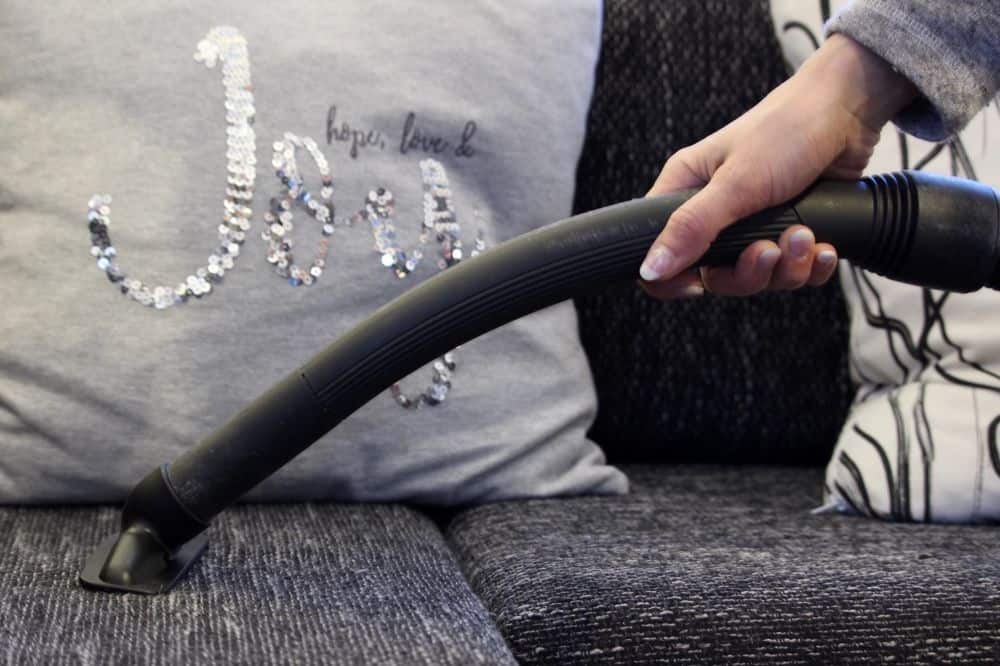














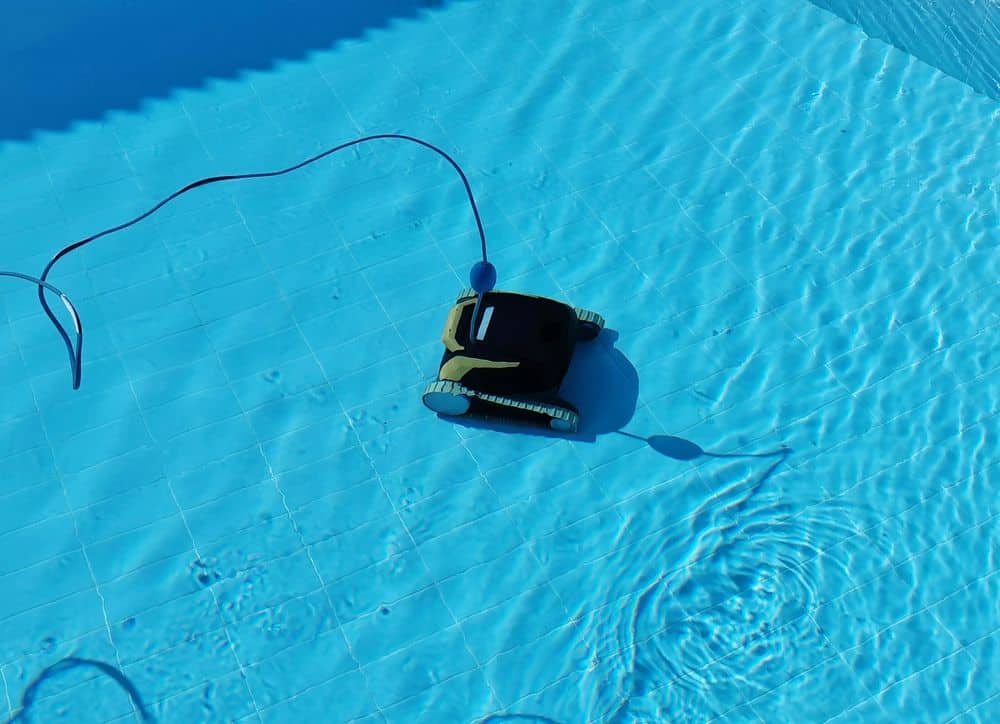
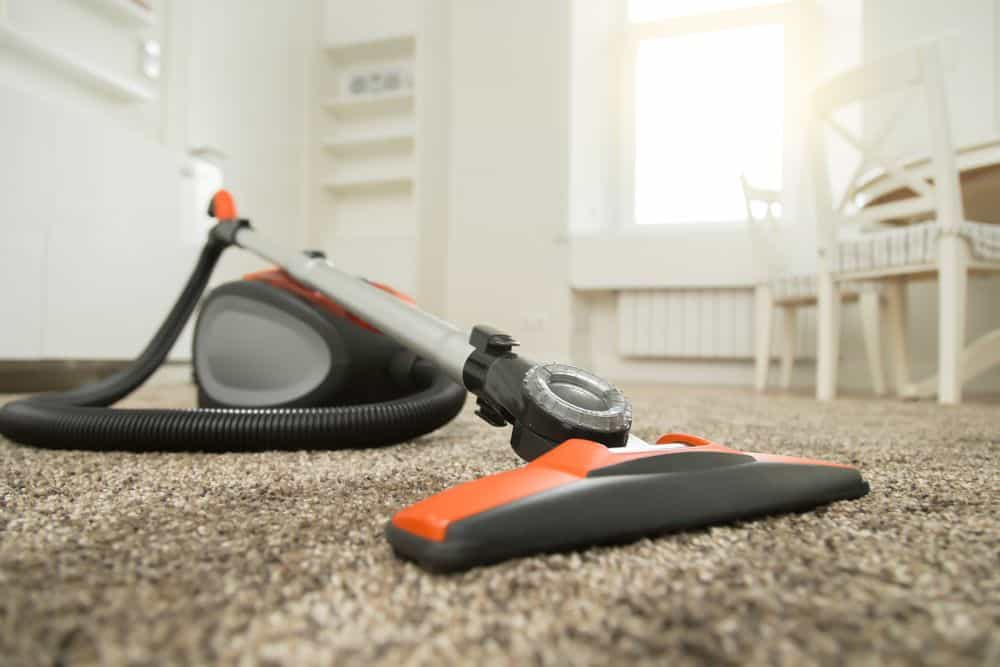
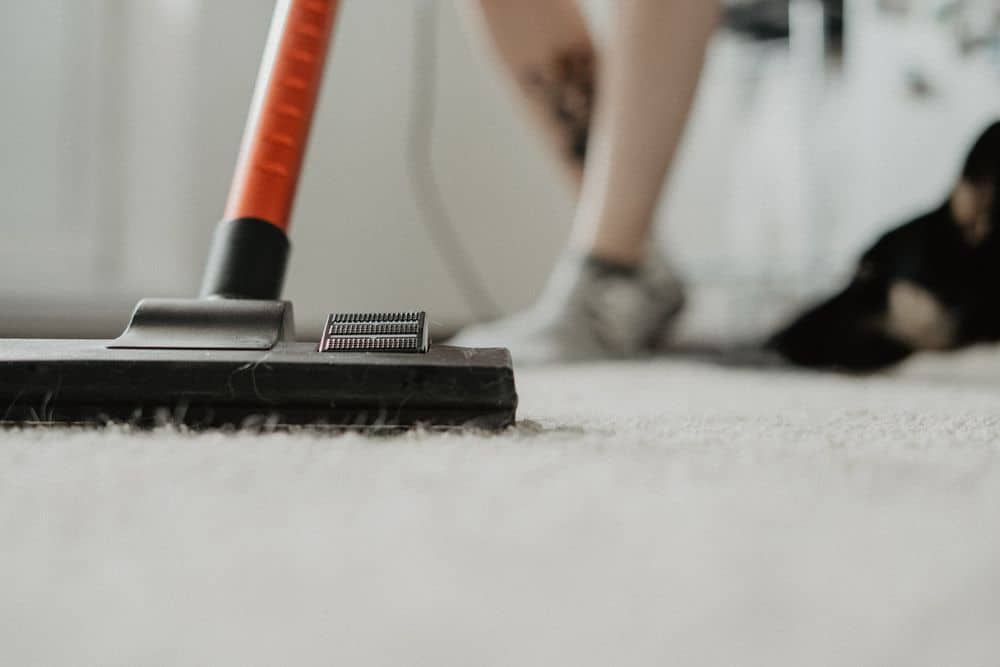
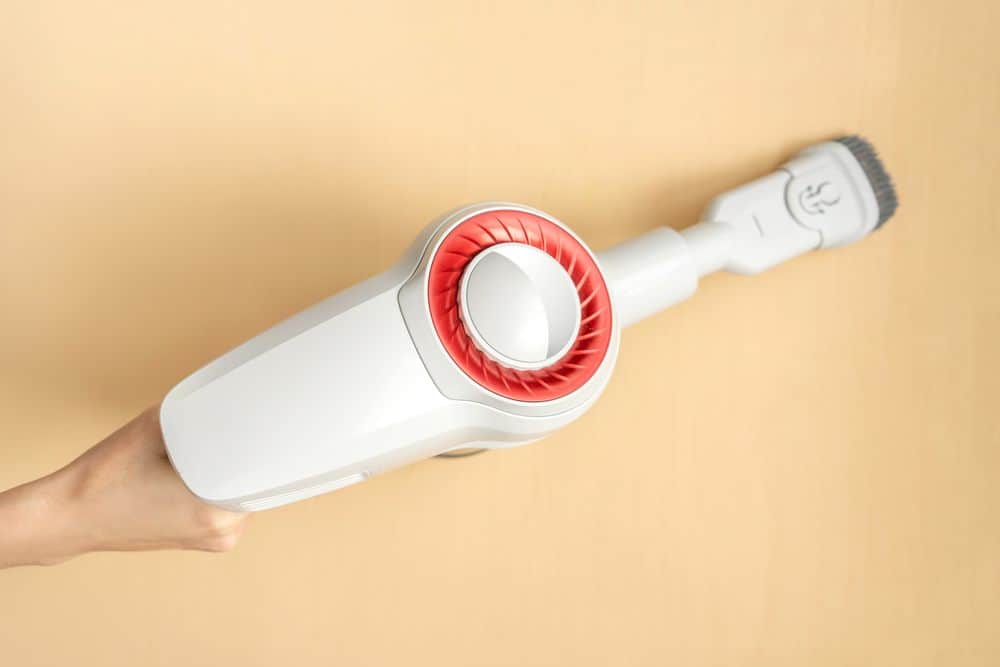
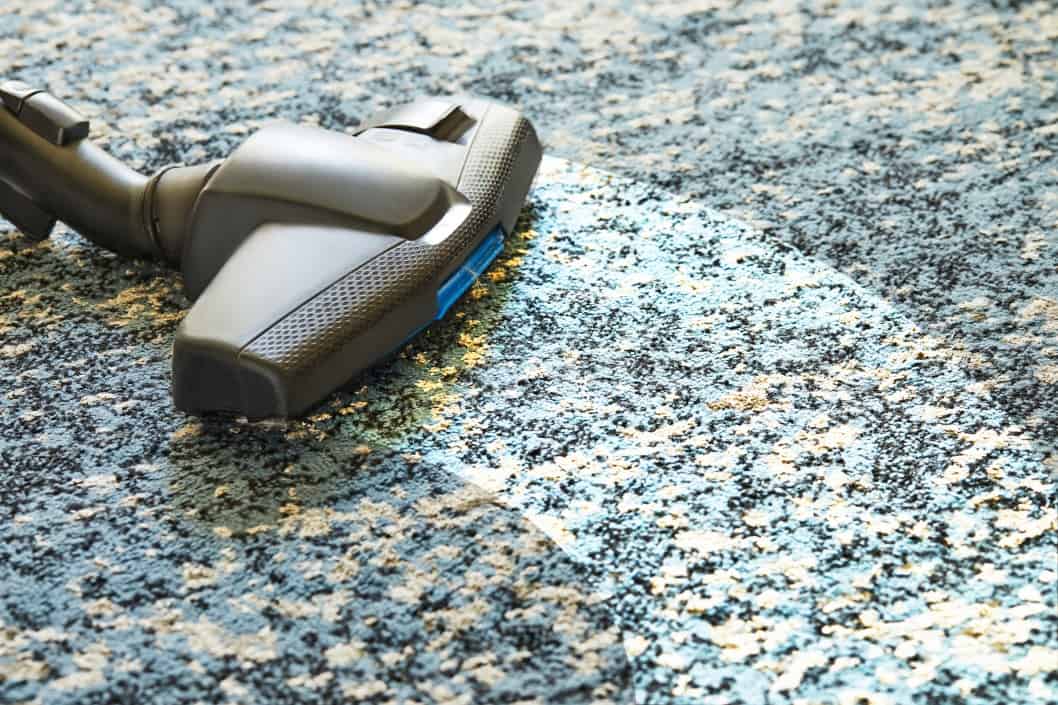
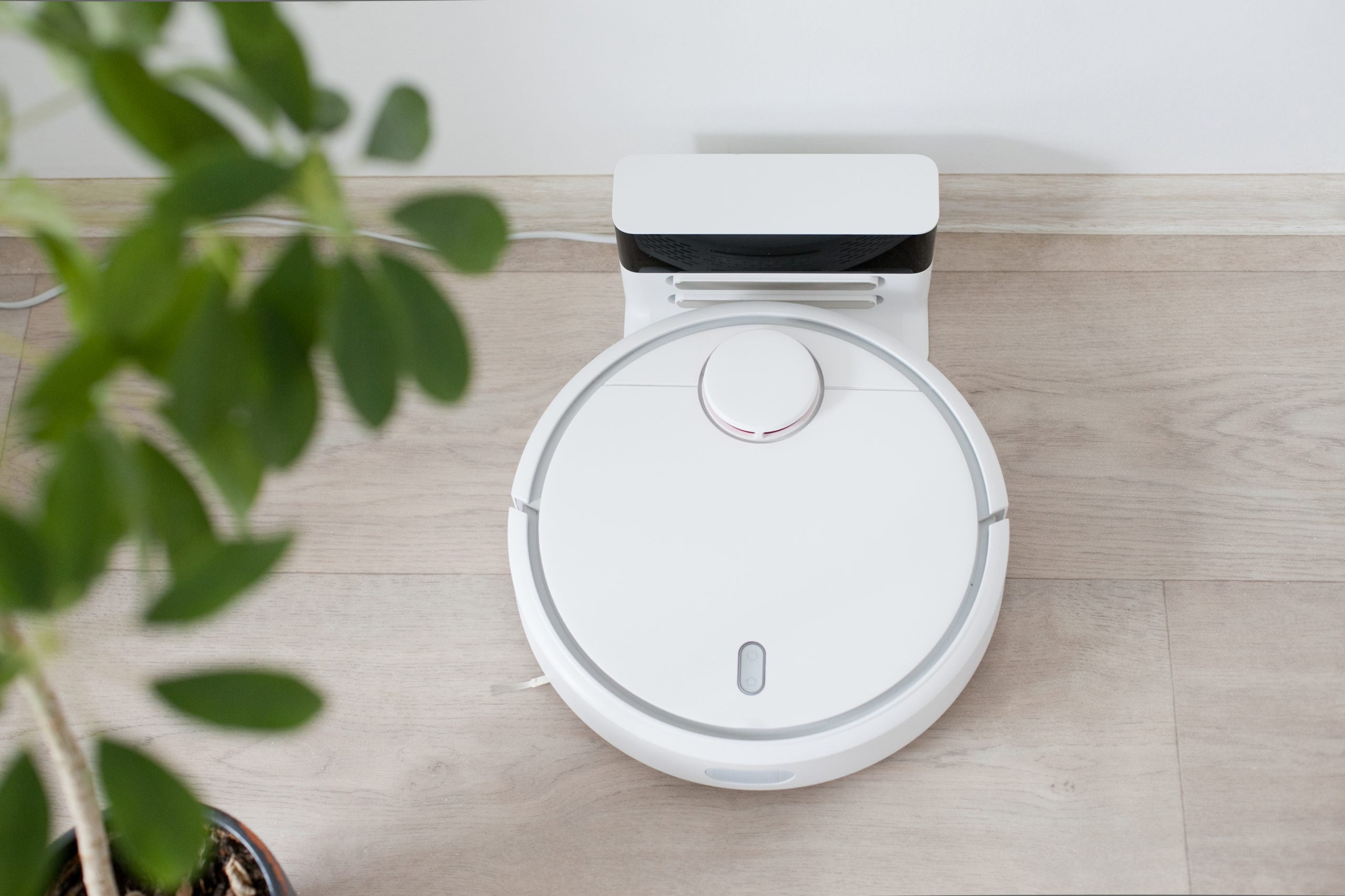
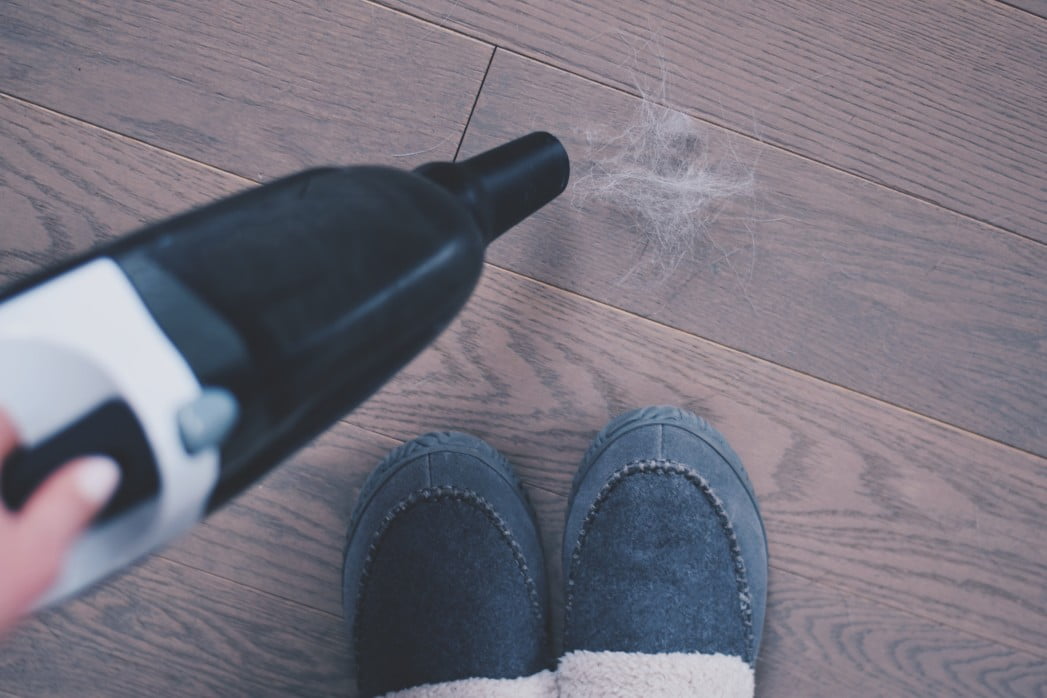
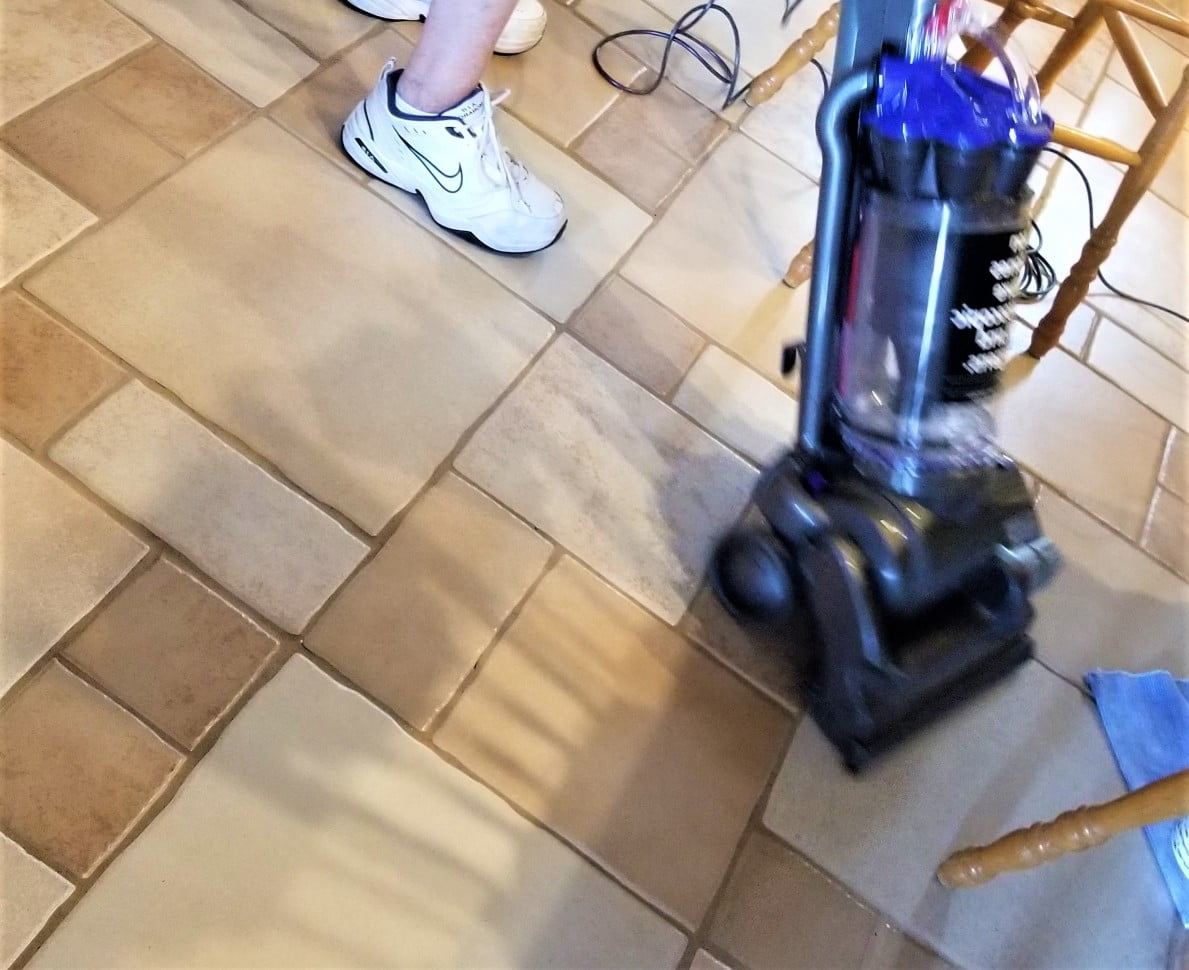
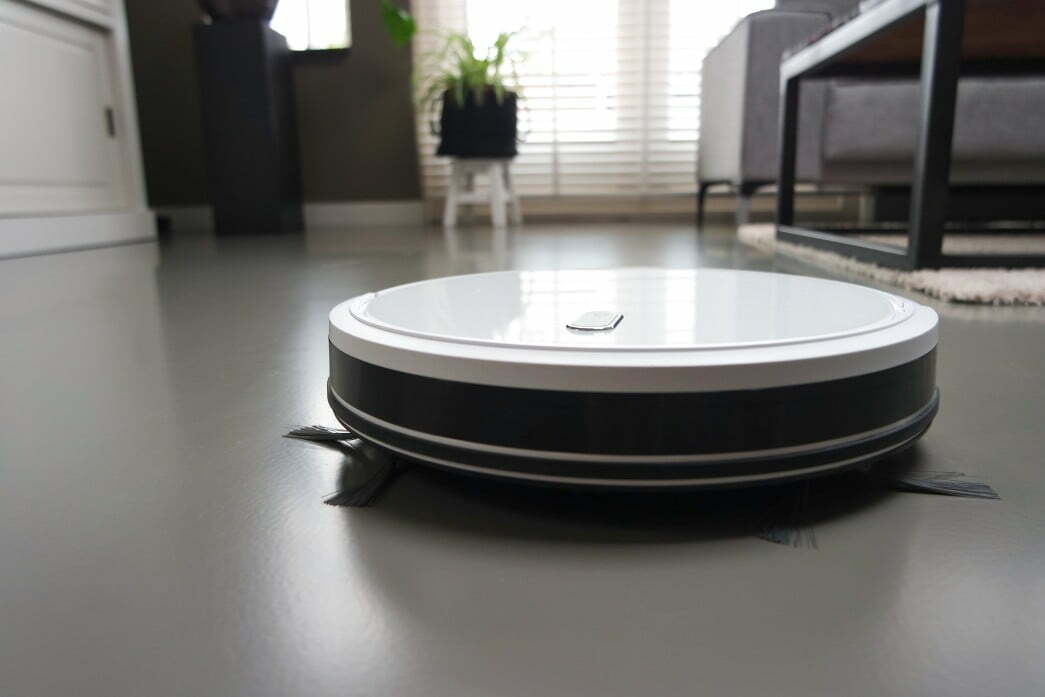
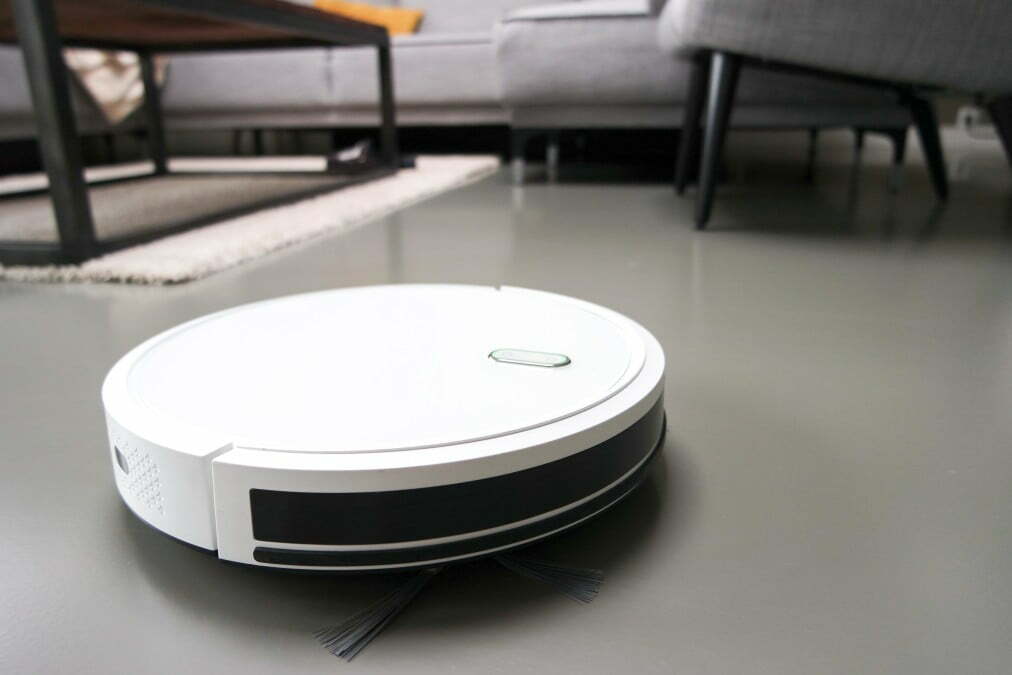
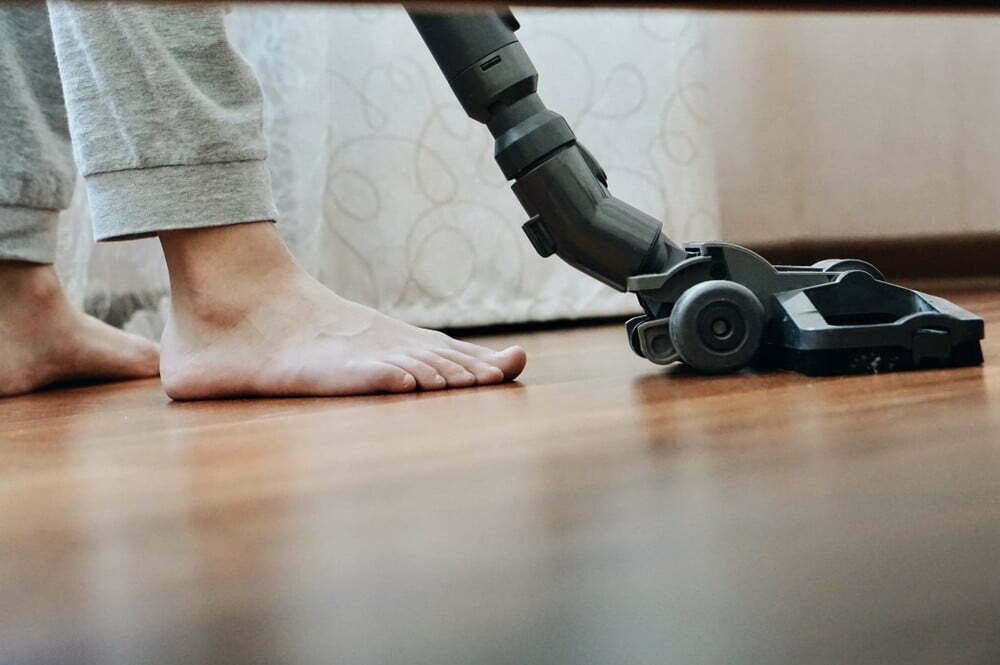
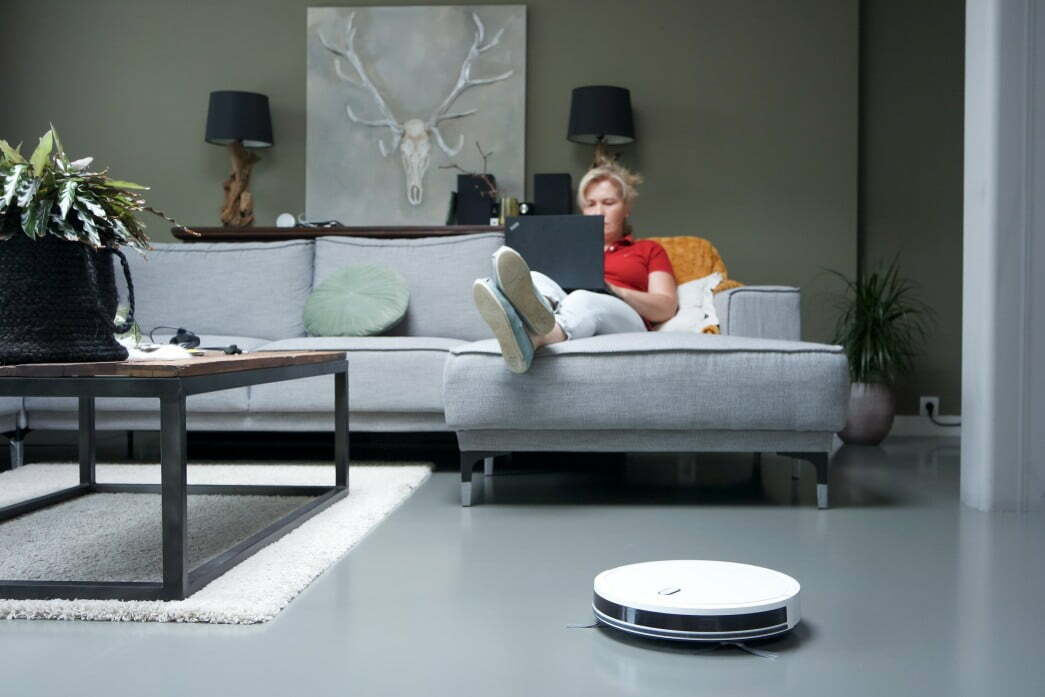
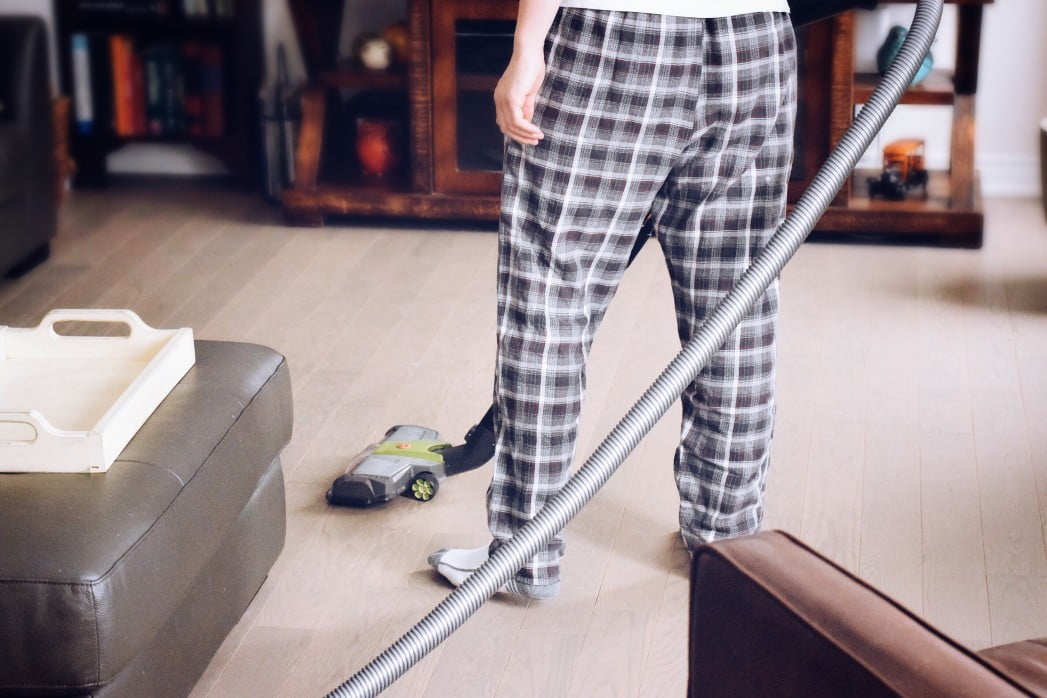
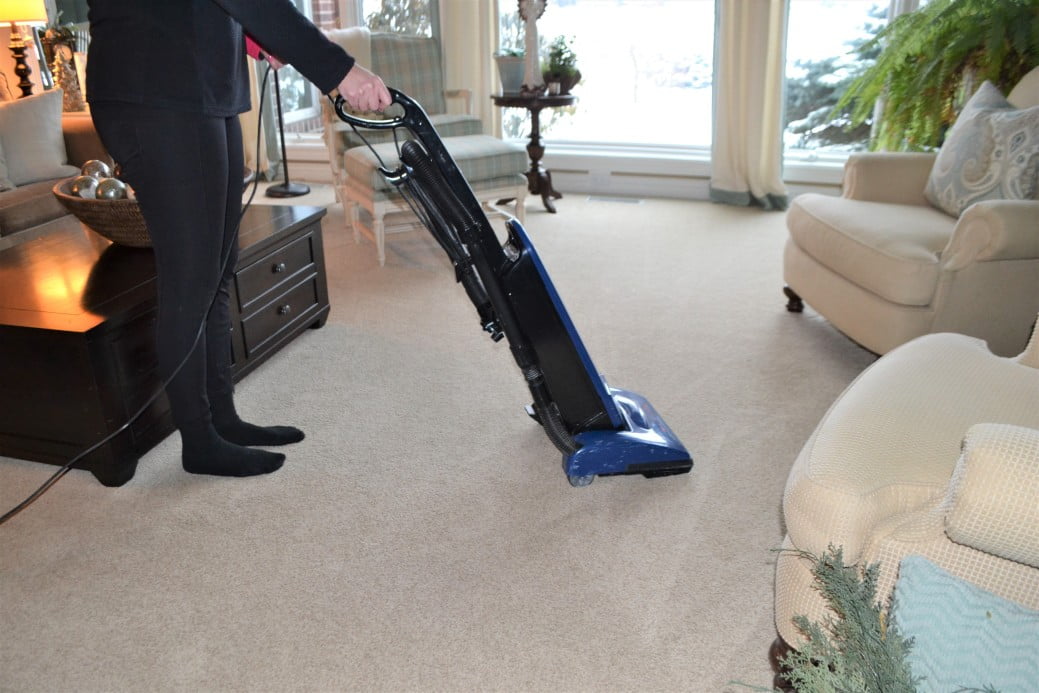
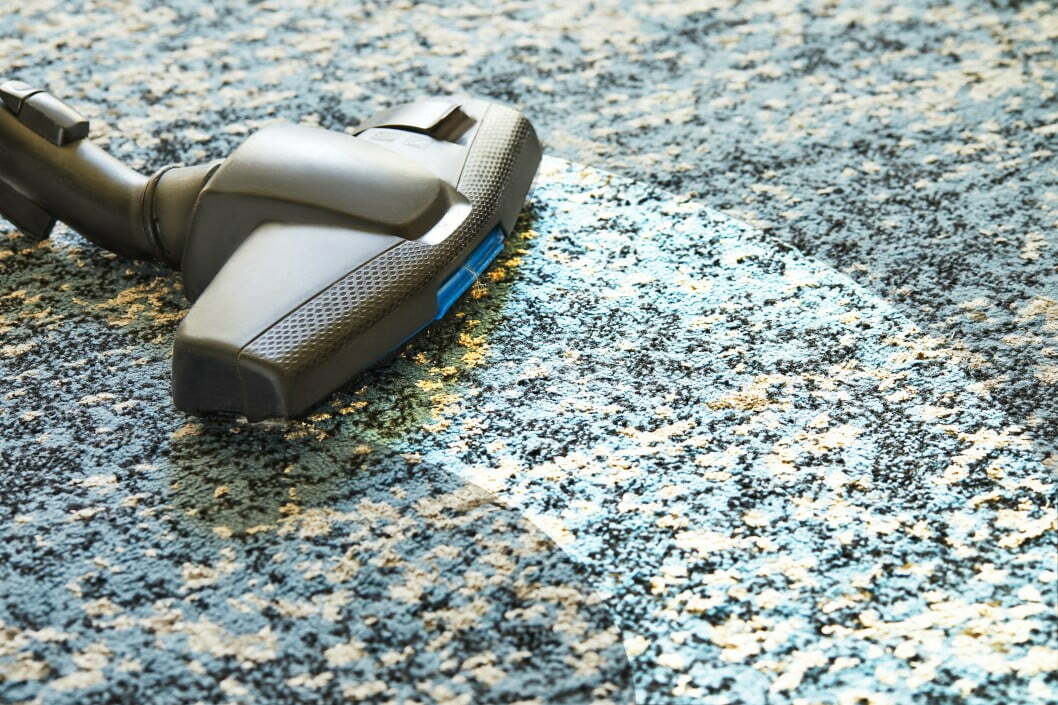
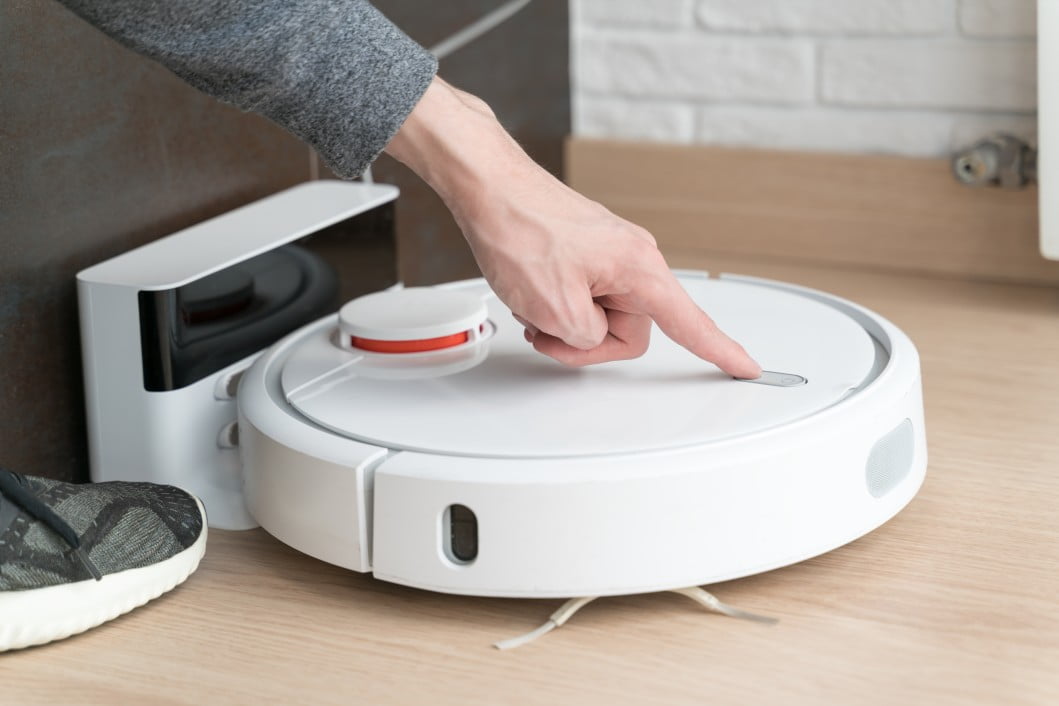
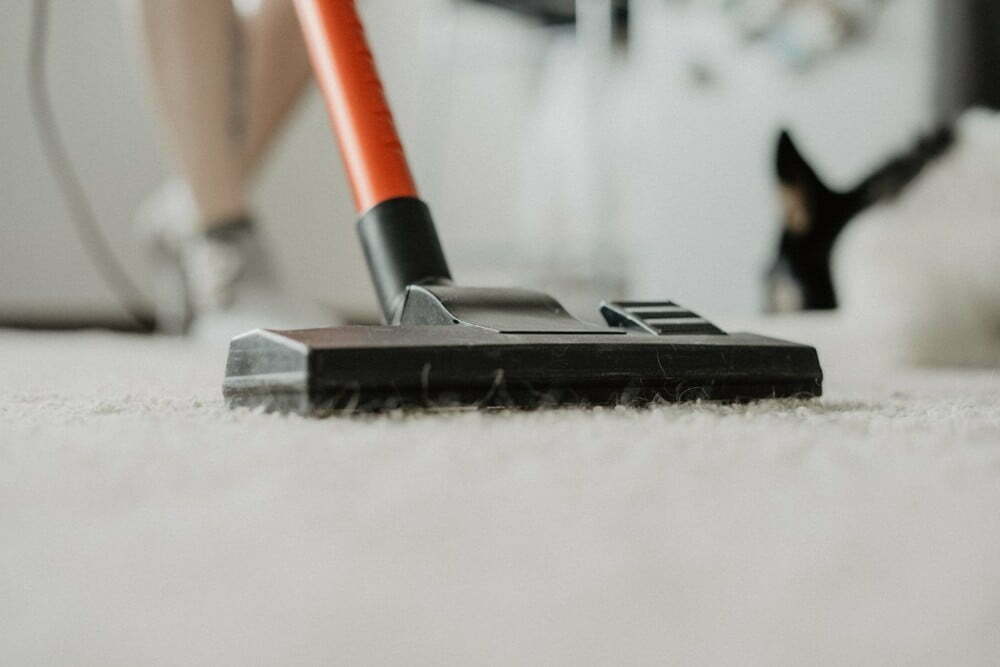
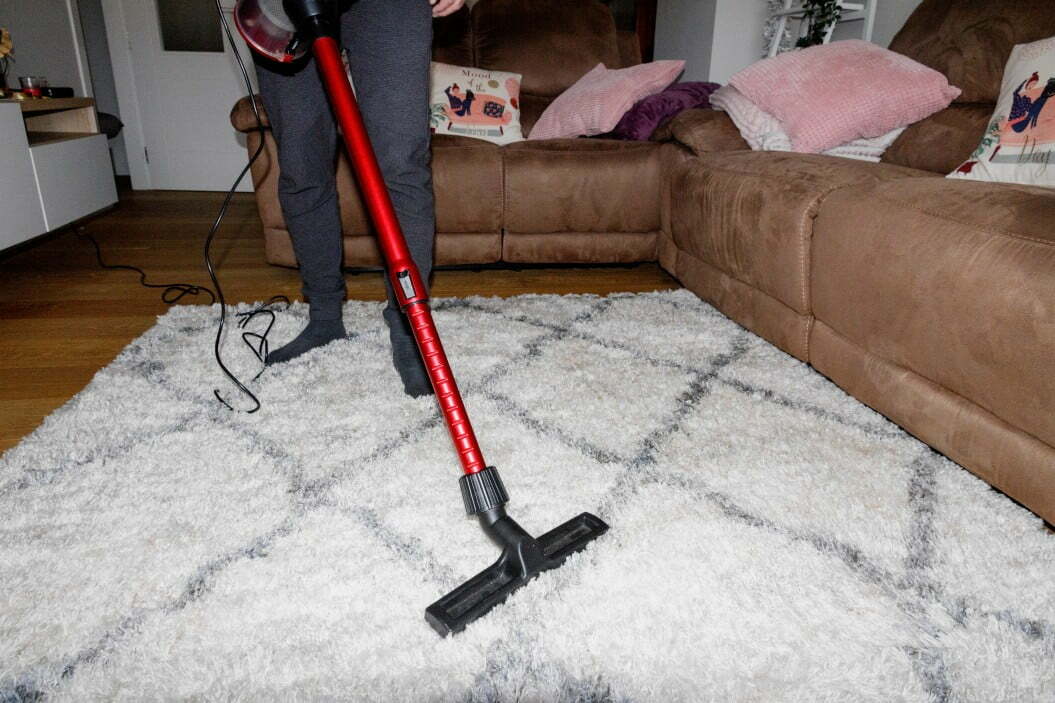
![Best Bissell Vacuum in [year] 27 Best Bissell Vacuum in 2026](https://www.gadgetreview.dev/wp-content/uploads/best-bissel-vacuum-image.jpg)
![Best Miele Vacuums in [year] 28 Best Miele Vacuums in 2026](https://www.gadgetreview.dev/wp-content/uploads/best-miele-vacuum-image.jpg)
![Best iRobot Vacuums in [year] 29 Best iRobot Vacuums in 2026](https://www.gadgetreview.dev/wp-content/uploads/best-irobot-vacuum-image.jpg)
![Best Vacuum with Retractable Cord in [year] 30 Best Vacuum with Retractable Cord in 2026](https://www.gadgetreview.dev/wp-content/uploads/best-vacuum-with-retractable-cord-image.jpg)
![Best Insurance for Home Appliances in [year] 31 Best Insurance for Home Appliances in 2026](https://www.gadgetreview.dev/wp-content/uploads/best-insurance-for-home-appliances.jpg)
![Best Insurance for Homeowners in [year] 32 Best Insurance for Homeowners in 2026](https://www.gadgetreview.dev/wp-content/uploads/best-insurance-for-homeowners.jpg)
![Best Self Propelled Vacuums in [year] 33 Best Self Propelled Vacuums in 2026](https://www.gadgetreview.dev/wp-content/uploads/best-self-propelled-vacuum-image.jpg)
![Best Commercial Leaf Vacuums in [year] 34 Best Commercial Leaf Vacuums in 2026](https://www.gadgetreview.dev/wp-content/uploads/best-commercial-leaf-vacuum-image.jpg)
![Best Vacuums for Cat Litter in [year] 35 Best Vacuums for Cat Litter in 2026](https://www.gadgetreview.dev/wp-content/uploads/best-vacuum-for-cat-litter-image.jpg)
![Best Robot Vacuums for Long Hair in [year] 36 Best Robot Vacuums for Long Hair in 2026](https://www.gadgetreview.dev/wp-content/uploads/best-robot-vacuum-for-long-hair-image.jpg)
![Best Dyson Vacuum in [year] ([month] Reviews) 37 Best Dyson Vacuum in 2026 (January Reviews)](https://www.gadgetreview.dev/wp-content/uploads/Dyson-DC65-e1479509572460.jpg)
![Best Dorm Vacuums in [year] 38 Best Dorm Vacuums in 2026](https://www.gadgetreview.dev/wp-content/uploads/best-dorm-vacuum-image.jpg)
![Best Vacuums for Fleas in [year] 39 Best Vacuums for Fleas in 2026](https://www.gadgetreview.dev/wp-content/uploads/best-vacuum-for-fleas-imagre.jpg)
![Best Robot Vacuum for Thick Carpet in [year] 40 Best Robot Vacuum for Thick Carpet in 2026](https://www.gadgetreview.dev/wp-content/uploads/roomba.jpg)
![Best RV Vacuums in [year] 41 Best RV Vacuums in 2026](https://www.gadgetreview.dev/wp-content/uploads/best-rv-vacuum-image.jpg)
![Best Vacuums for Apartment in [year] 42 Best Vacuums for Apartment in 2026](https://www.gadgetreview.dev/wp-content/uploads/best-vacuum-for-apartment-image.jpg)
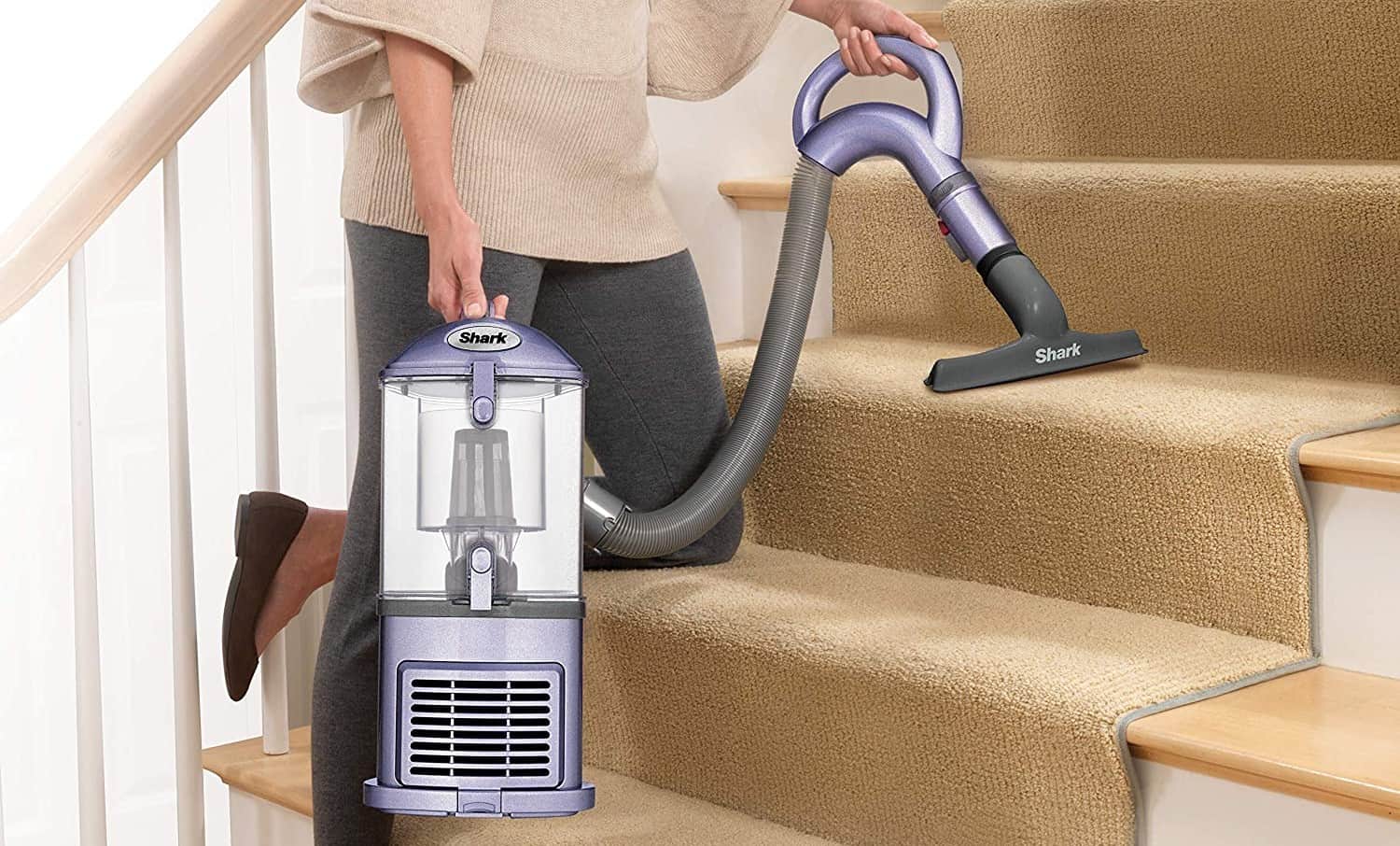
![Best HEPA Vacuums in [year] 44 Best HEPA Vacuums in 2026](https://www.gadgetreview.dev/wp-content/uploads/best-hepa-vacuum-image.jpg)
![Best Water Filtration Vacuums in [year] 45 Best Water Filtration Vacuums in 2026](https://www.gadgetreview.dev/wp-content/uploads/best-water-filtration-vacuum-image.jpg)
![Best Vacuums for Dust Mites in [year] 46 Best Vacuums for Dust Mites in 2026](https://www.gadgetreview.dev/wp-content/uploads/best-vacuum-for-dust-mites-image.jpg)
